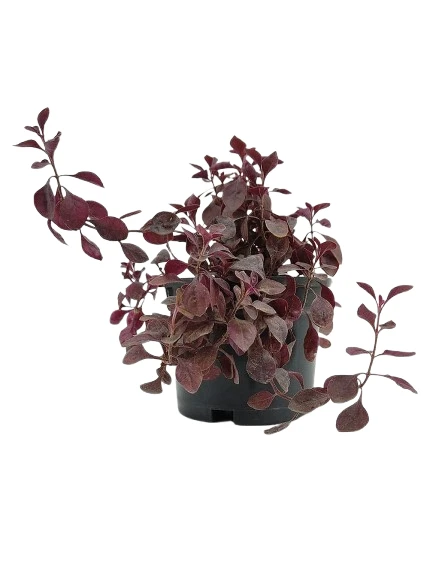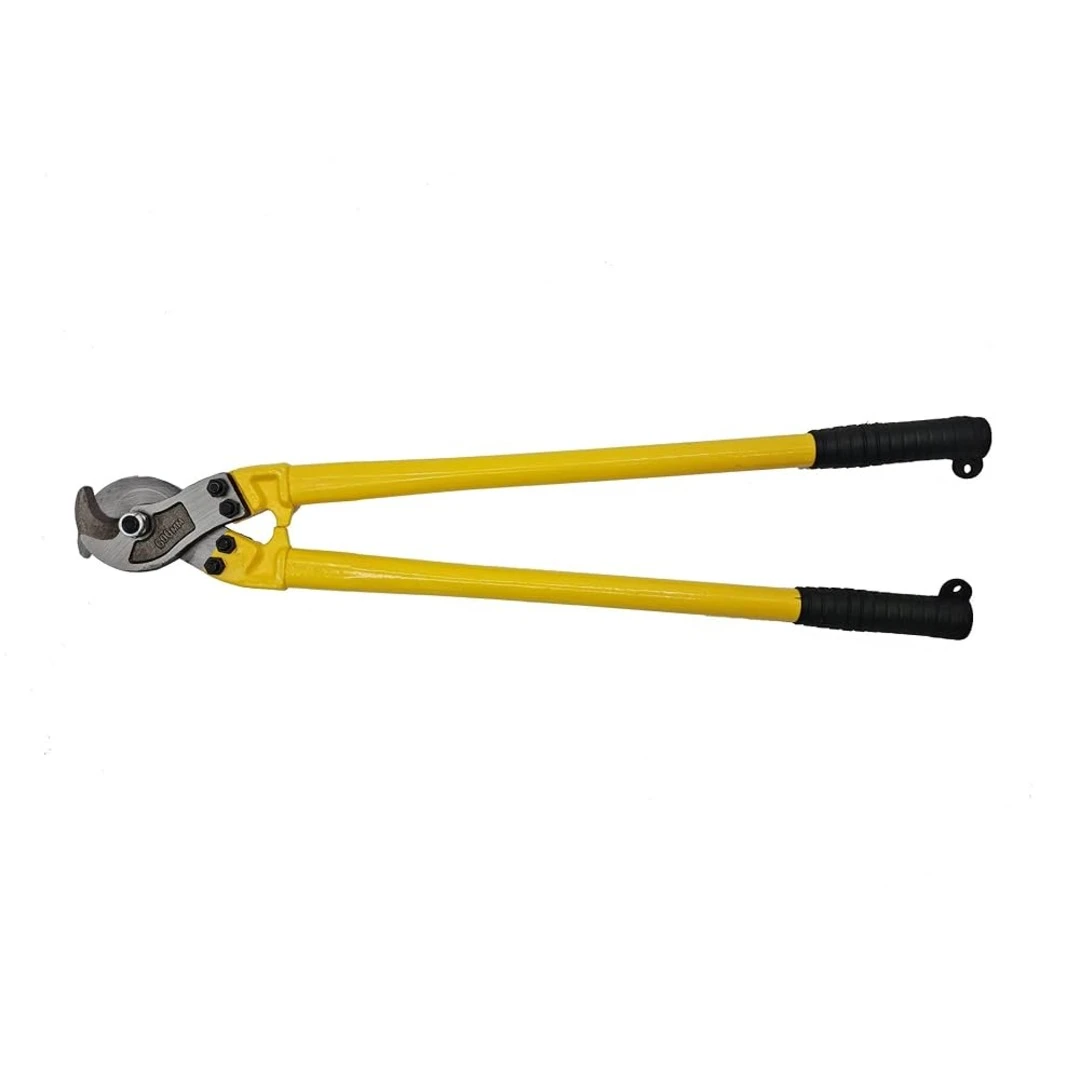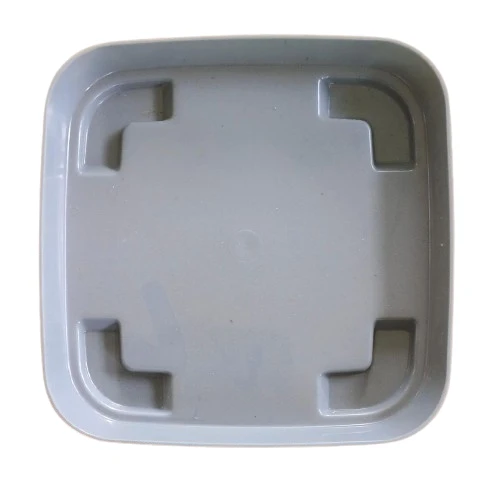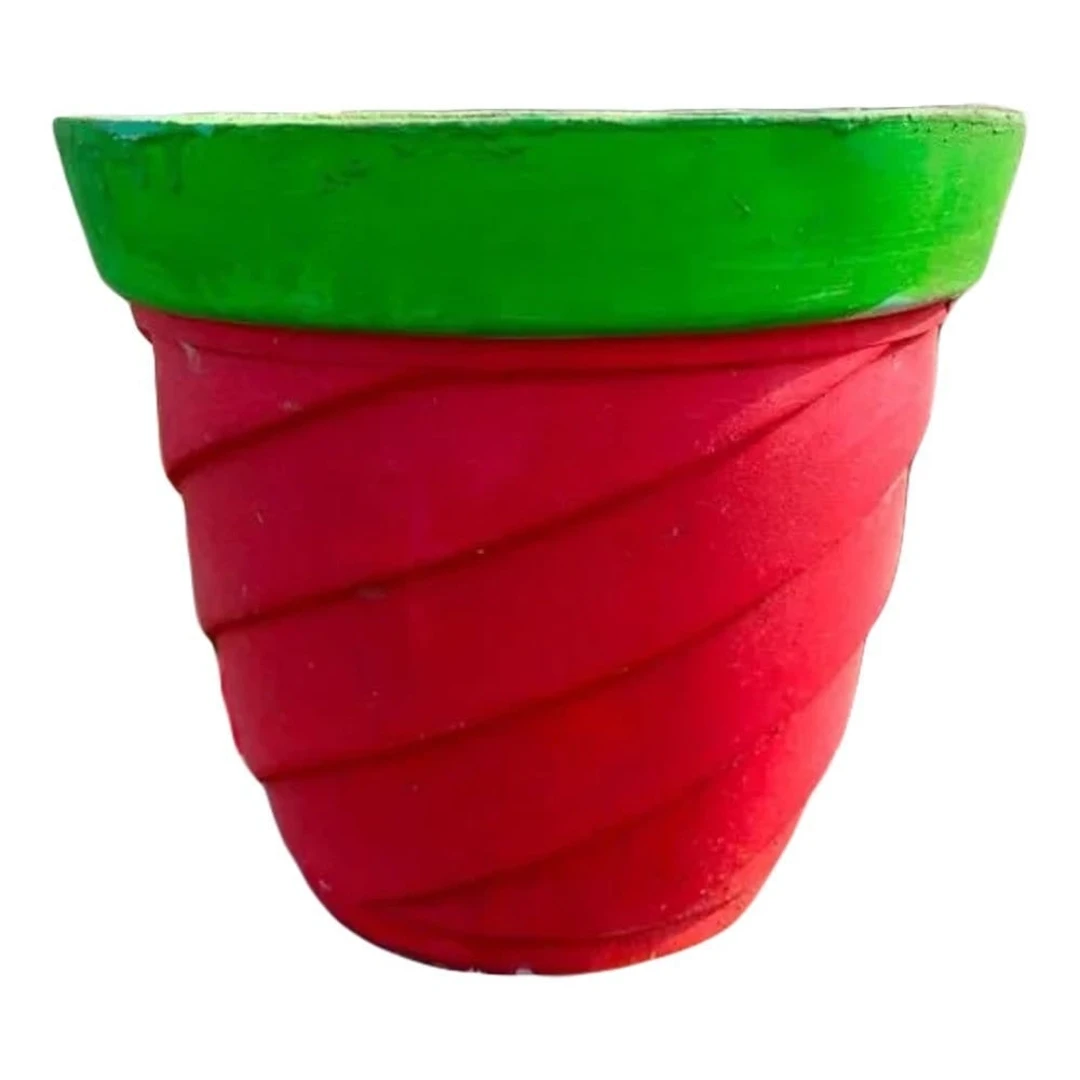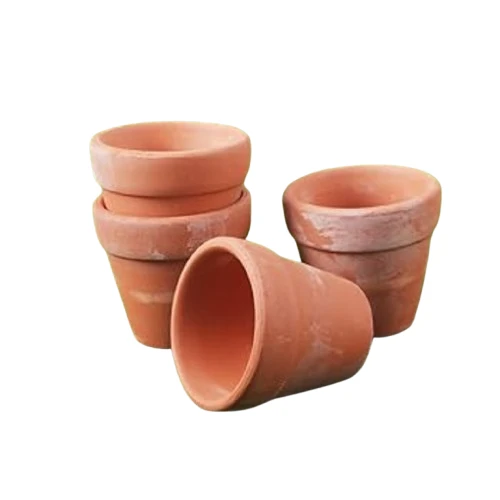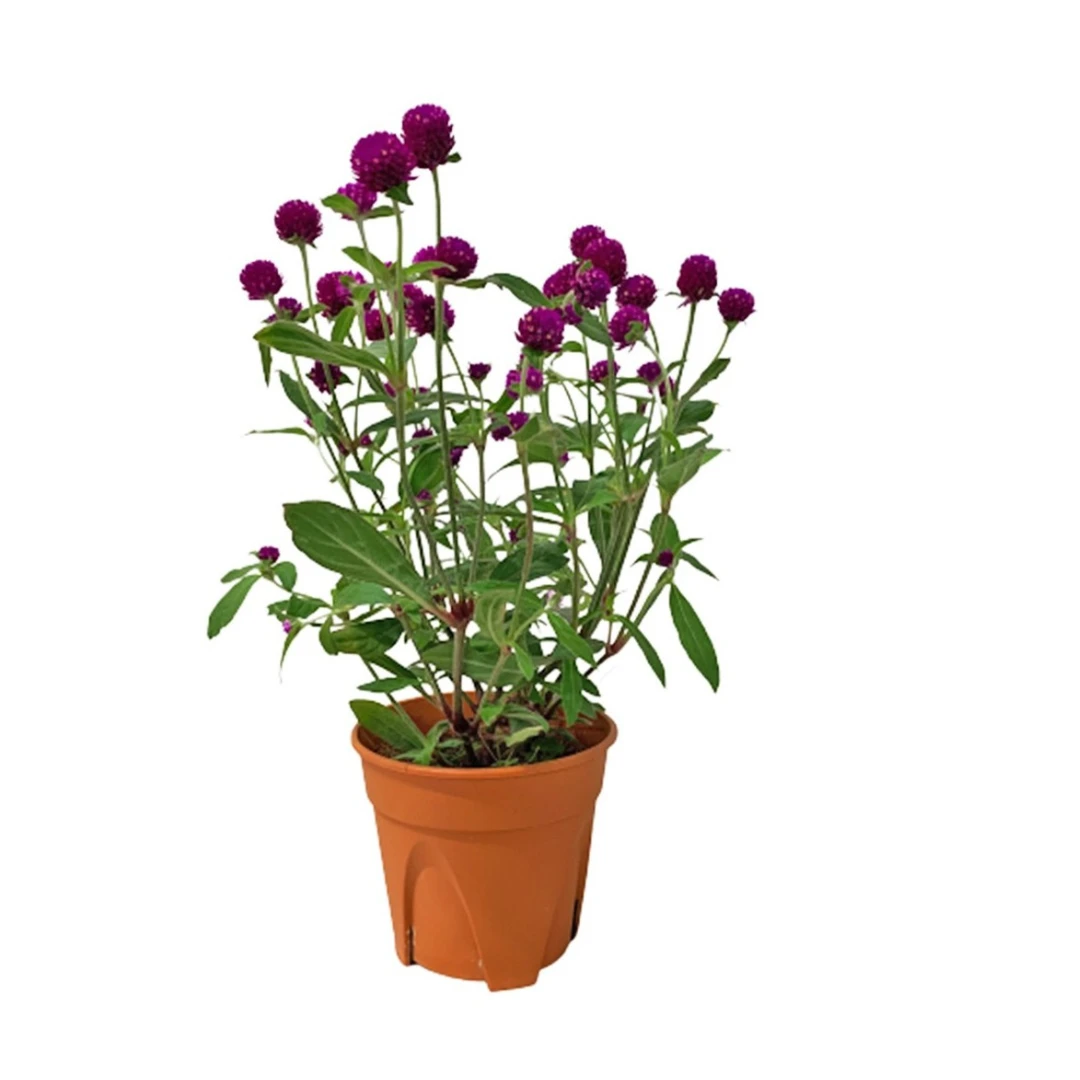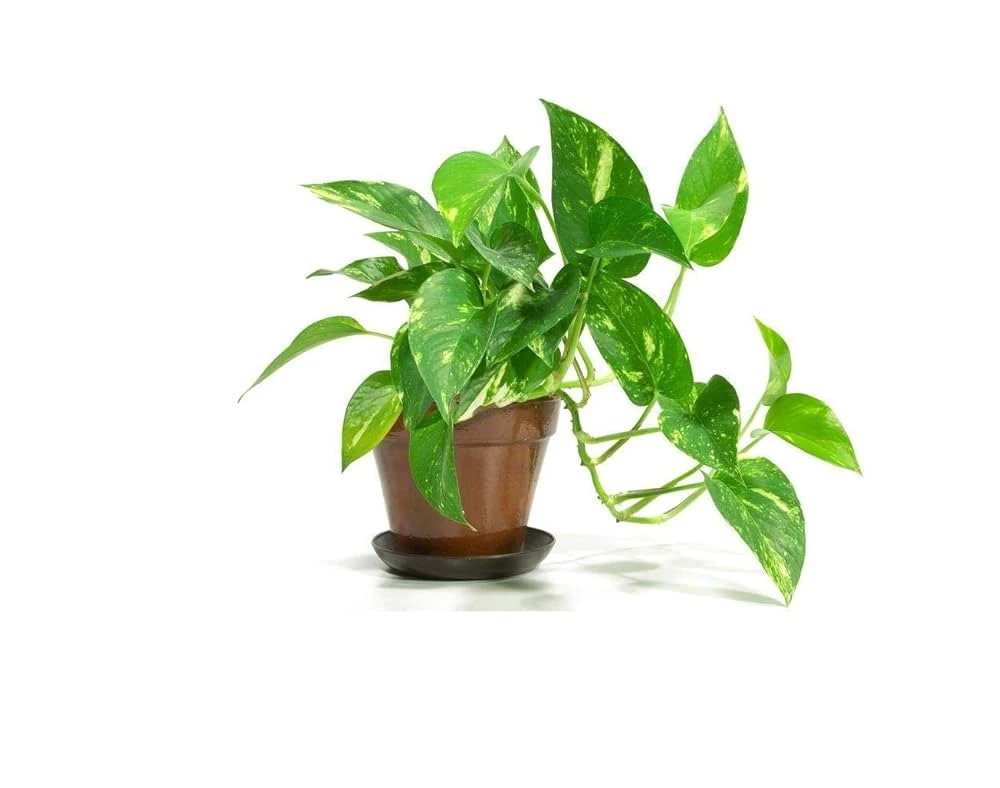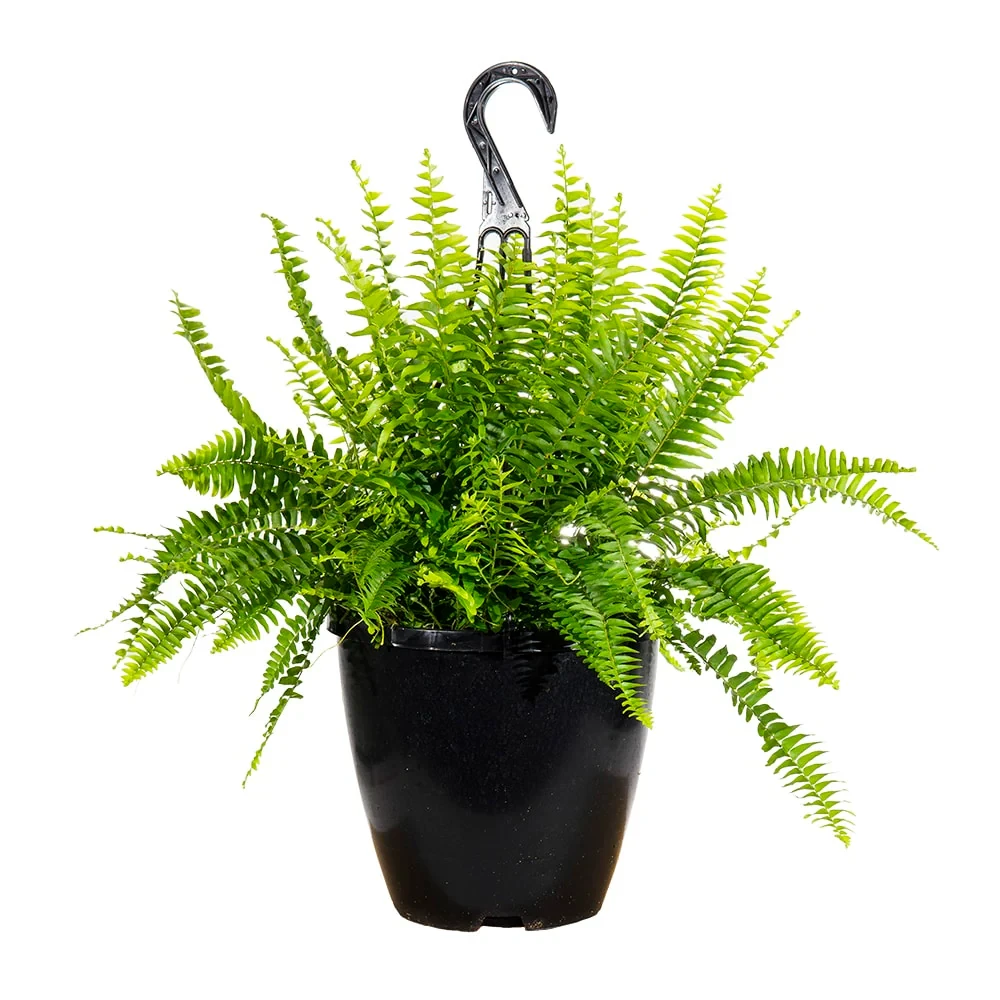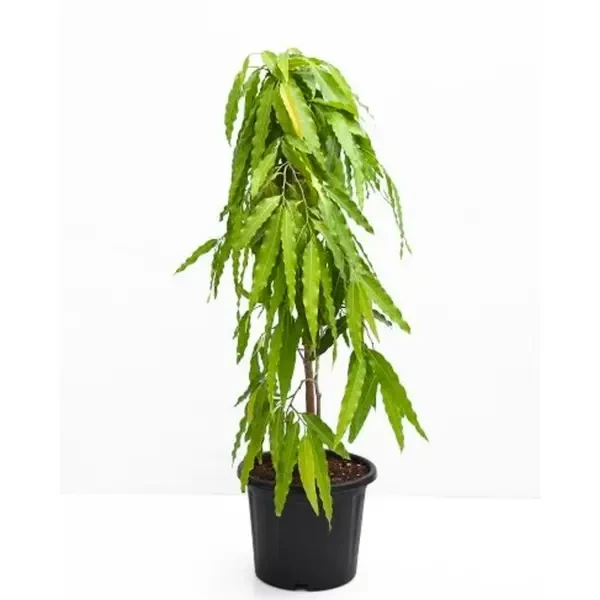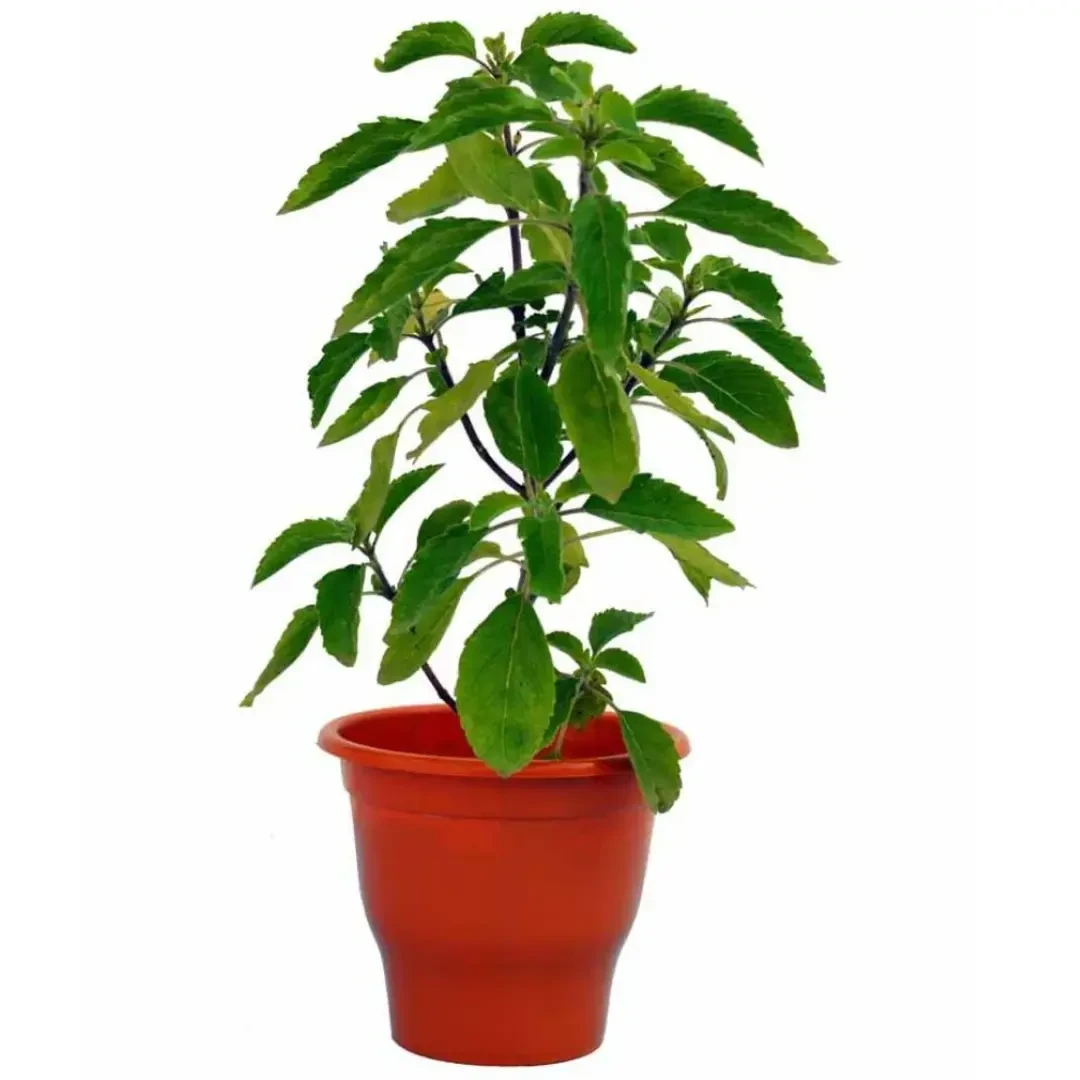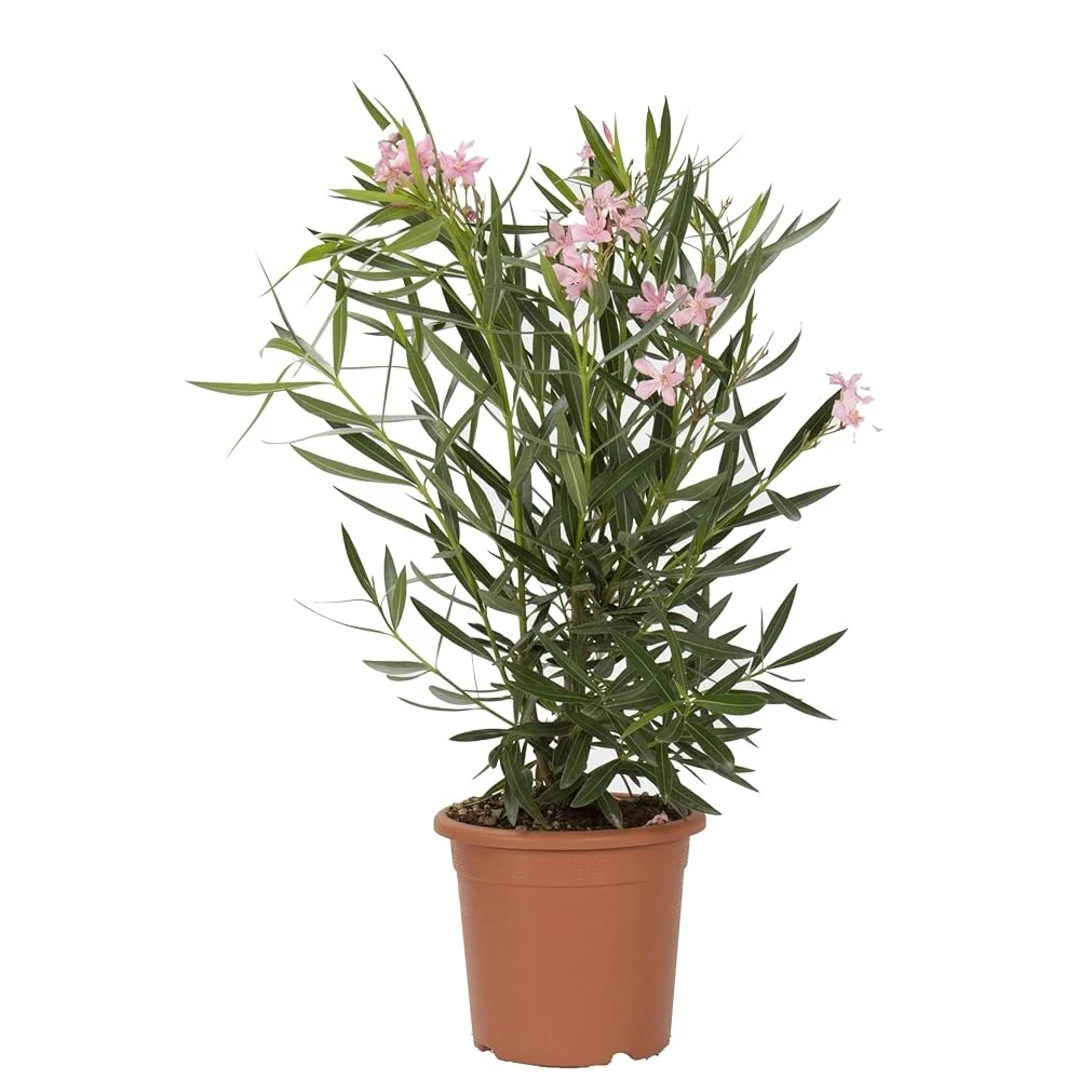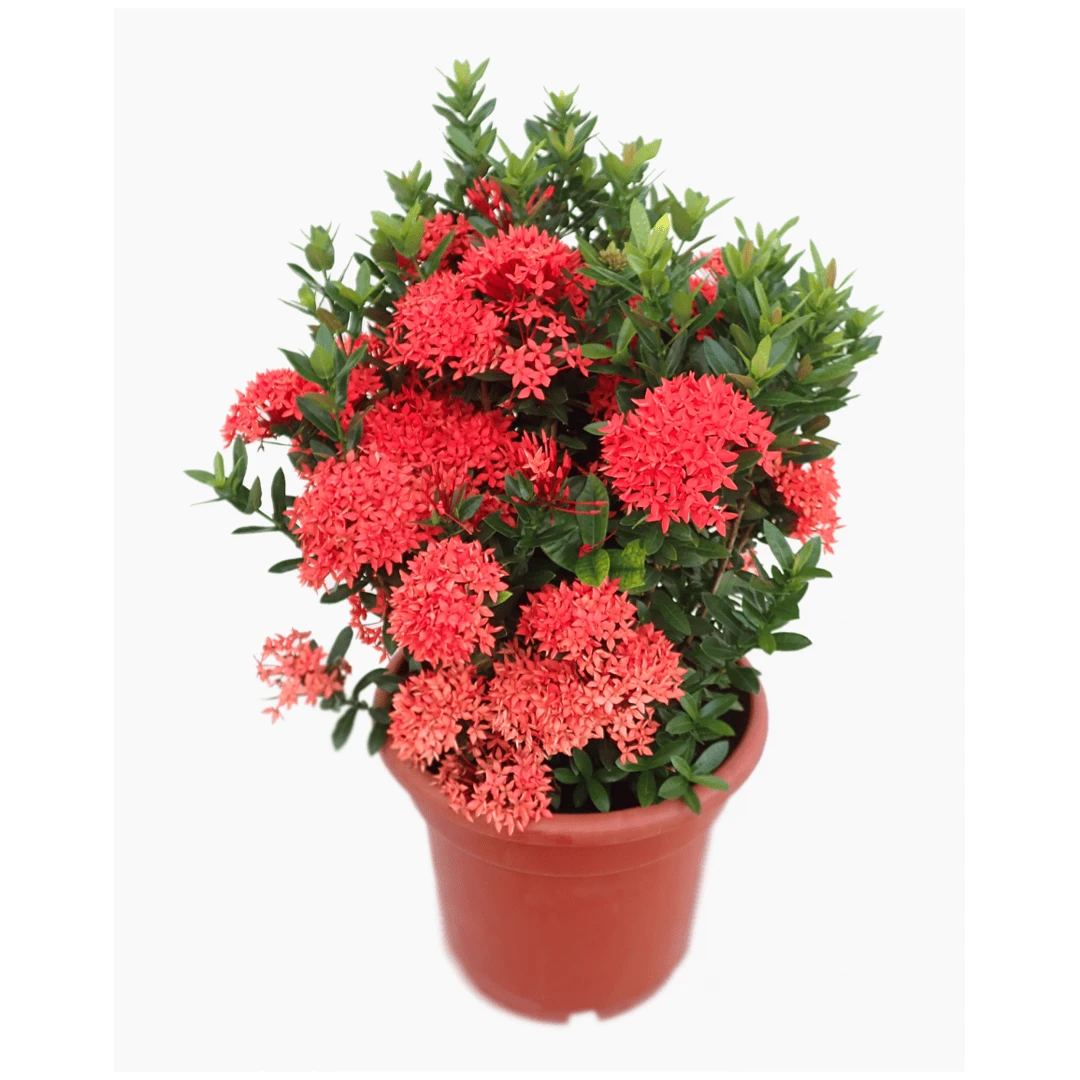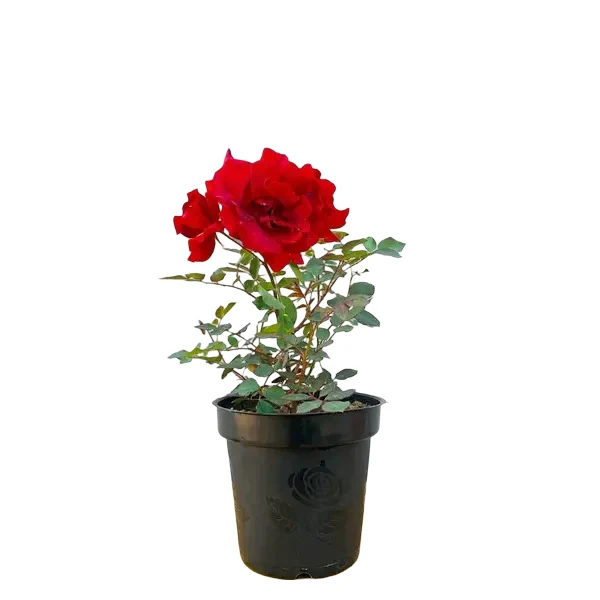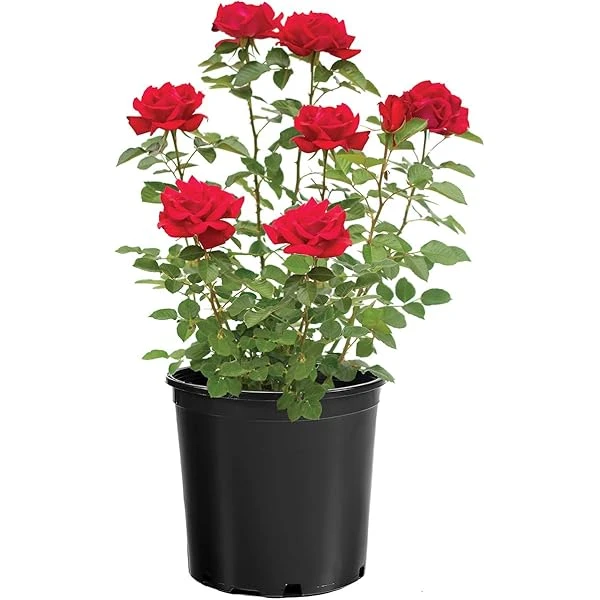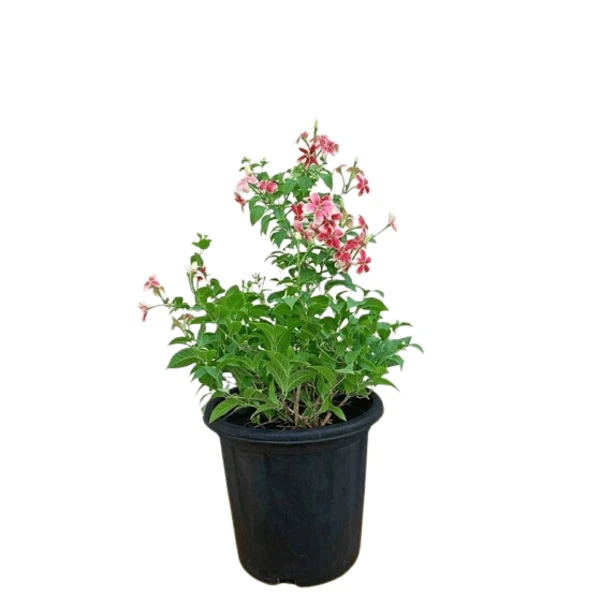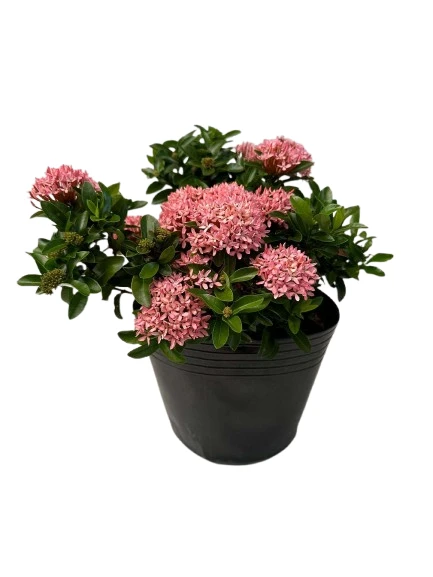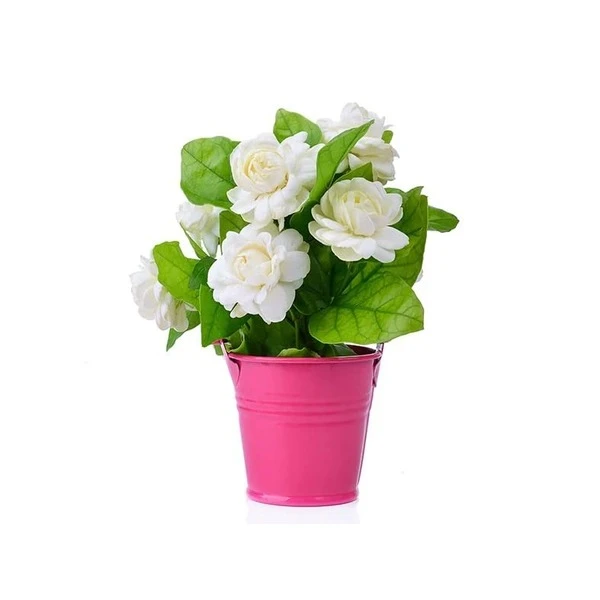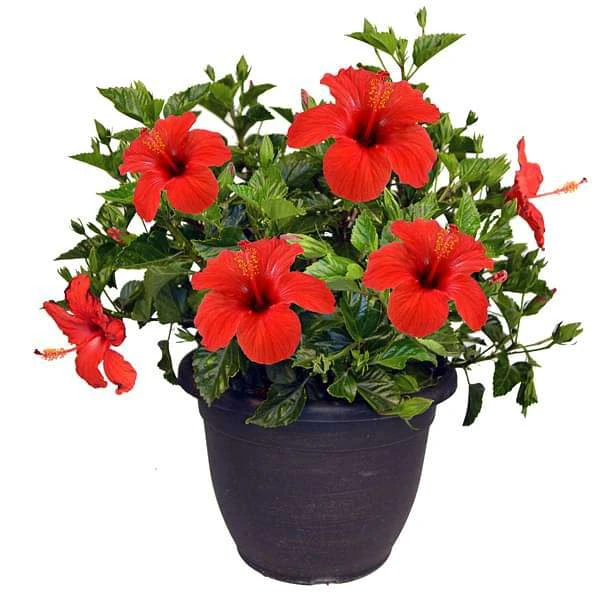The Red Mehndi plant, also known as Henna or Lawsonia inermis, is a shrub or small tree with a bushy, upright growth habit, reaching heights of 2 to 8 meters. It features small, fragrant white or red flowers and is known for its leaves, which contain a natural red-orange dye called lawsone. This dye is used for temporary body art (mehndi), hair coloring, and fabric dyeing. The plant is native to tropical and subtropical regions of Africa, Asia, and Australia.
Key characteristics of the Red Mehndi plant:
Growth Habit: Bushy, upright, and can grow as a tall shrub or small tree.
Height: Typically, 2 to 8 meters tall.
Leaves: Small, opposite, and lance-shaped, often with a pointed tip.
Flowers: Small, fragrant, and white or red.
Fruits: Small, brown capsules that split open to reveal seeds.
Bark: Greyish-brown and can become spiny with age.
Native Region: Northern Africa, Asia, and Australia.
Dye Source: The leaves contain lawsone, a red-orange pigment used for dyeing.
Uses:
Mehndi (body art): The leaves are ground into a paste and used to create intricate designs on the skin.
Hair dye: Henna can be used to color hair a reddish-brown shade.
Fabric dyeing: The dye can be used to color fabrics.
Traditional medicine: In some cultures, henna has been used for its medicinal properties, including antifungal and antibacterial effects.
Ornamental: The plant is also grown for its aesthetic appeal in gardens.
Additional Information:
- Henna is frost-sensitive and prefers warm climates.
- The plant is drought-tolerant and thrives in well-drained soil.
- It is generally safe for external use, but individuals may experience allergic reactions.
- A patch test is recommended before using henna on the skin or hair.



